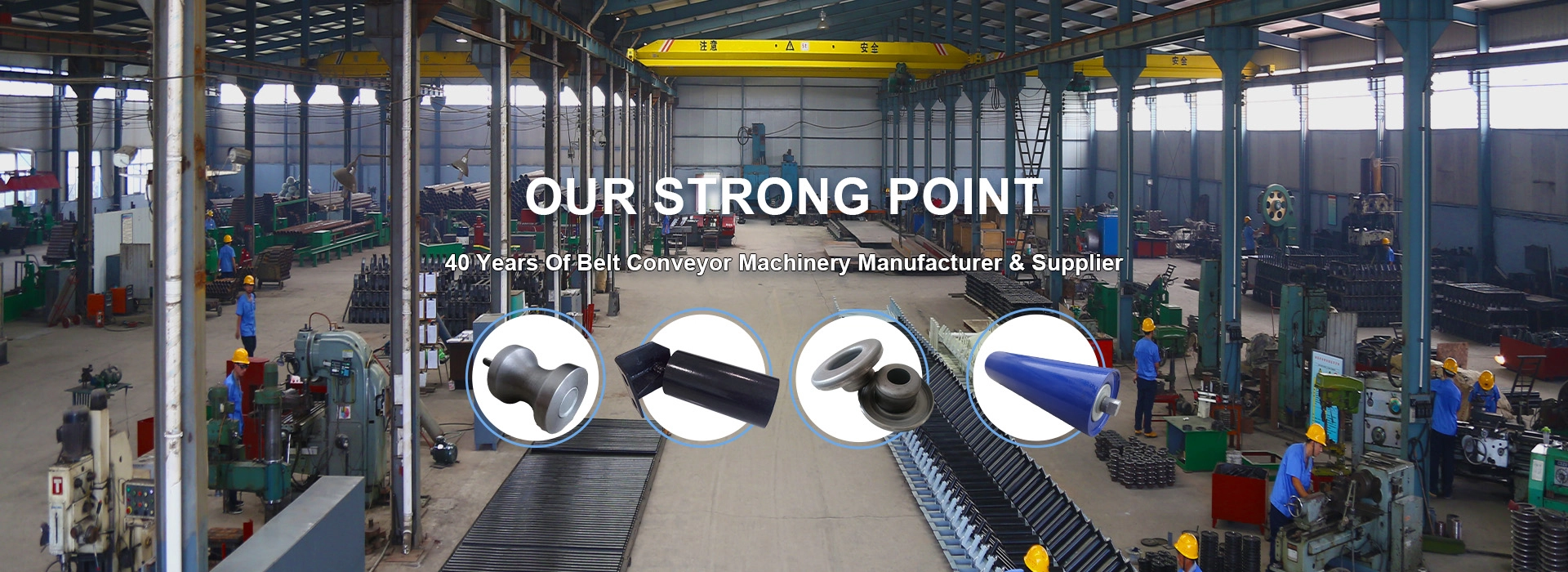 Afrikaans
Afrikaans  Albanian
Albanian  Amharic
Amharic  Arabic
Arabic  Armenian
Armenian  Azerbaijani
Azerbaijani  Basque
Basque  Belarusian
Belarusian  Bengali
Bengali  Bosnian
Bosnian  Bulgarian
Bulgarian  Catalan
Catalan  Cebuano
Cebuano  Corsican
Corsican  Croatian
Croatian  Czech
Czech  Danish
Danish  Dutch
Dutch  English
English  Esperanto
Esperanto  Estonian
Estonian  Finnish
Finnish  French
French  Frisian
Frisian  Galician
Galician  Georgian
Georgian  German
German  Greek
Greek  Gujarati
Gujarati  Haitian Creole
Haitian Creole  hausa
hausa  hawaiian
hawaiian  Hebrew
Hebrew  Hindi
Hindi  Miao
Miao  Hungarian
Hungarian  Icelandic
Icelandic  igbo
igbo  Indonesian
Indonesian  irish
irish  Italian
Italian  Japanese
Japanese  Javanese
Javanese  Kannada
Kannada  kazakh
kazakh  Khmer
Khmer  Rwandese
Rwandese  Korean
Korean  Kurdish
Kurdish  Kyrgyz
Kyrgyz  Lao
Lao  Latin
Latin  Latvian
Latvian  Lithuanian
Lithuanian  Luxembourgish
Luxembourgish  Macedonian
Macedonian  Malgashi
Malgashi  Malay
Malay  Malayalam
Malayalam  Maltese
Maltese  Maori
Maori  Marathi
Marathi  Mongolian
Mongolian  Myanmar
Myanmar  Nepali
Nepali  Norwegian
Norwegian  Norwegian
Norwegian  Occitan
Occitan  Pashto
Pashto  Persian
Persian  Polish
Polish  Portuguese
Portuguese  Punjabi
Punjabi  Romanian
Romanian  Russian
Russian  Samoan
Samoan  Scottish Gaelic
Scottish Gaelic  Serbian
Serbian  Sesotho
Sesotho  Shona
Shona  Sindhi
Sindhi  Sinhala
Sinhala  Slovak
Slovak  Slovenian
Slovenian  Somali
Somali  Spanish
Spanish  Sundanese
Sundanese  Swahili
Swahili  Swedish
Swedish  Tagalog
Tagalog  Tajik
Tajik  Tamil
Tamil  Tatar
Tatar  Telugu
Telugu  Thai
Thai  Turkish
Turkish  Turkmen
Turkmen  Ukrainian
Ukrainian  Urdu
Urdu  Uighur
Uighur  Uzbek
Uzbek  Vietnamese
Vietnamese  Welsh
Welsh  Bantu
Bantu  Yiddish
Yiddish  Yoruba
Yoruba  Zulu
Zulu belt conveyor roller
Understanding the Importance of Belt Conveyor Rollers
Belt conveyor systems are ubiquitous in various industries, from mining to food processing, and their efficiency heavily relies on the effectiveness of the components that comprise them. Among these components, belt conveyor rollers play a crucial role. They are integral to the mechanics of a conveyor system, allowing for smooth and efficient material handling while minimizing wear and tear on the belt itself. Understanding the types and functions of these rollers, as well as their maintenance and selection, is vital for optimizing the performance of any conveyor system.
1. What are Belt Conveyor Rollers?
Belt conveyor rollers, also known as idlers, are cylindrical components that support the conveyor belt. Their primary function is to provide a smooth surface for the belt to travel over, which reduces friction and minimizes the energy required to move the transported materials. Typically made from steel, plastic, or rubber, these rollers come in a variety of designs to suit different applications.
2. Types of Conveyor Rollers
There are several types of conveyor rollers, each designed for specific purposes
- Smooth Rollers These are the most common type, featuring a plain cylindrical surface. They are primarily used in standard applications where there is no significant impact or load.
- Impact Rollers Designed to absorb shock, these rollers are often placed in positions where heavy materials are loaded onto the conveyor system. The additional cushioning helps protect both the belt and the structure of the conveyor.
- Return Rollers Positioned underneath the conveyor belt, return rollers help support the belt as it comes back to the loading point. They ensure that the belt maintains proper alignment and prevents sagging.
- Guide Rollers These rollers assist in guiding the belt and maintaining its orientation during operation, especially in inclined or curved conveyor setups.
- Self-Cleaning Rollers In operations where material can build up on the rollers, self-cleaning designs are ideal. These rollers feature special designs or coatings intended to minimize material adhesion.
3. Functions of Conveyor Rollers
The primary functions of belt conveyor rollers include
belt conveyor roller

- Support They bear the load of the materials being transported, ensuring smooth operation without excessive wear on the belt.
- Alignment Rollers help maintain the correct alignment of the conveyor belt, preventing slippage and misalignment, which can lead to operational inefficiencies.
- Energy Efficiency By reducing friction between the belt and the rollers, they contribute to energy savings, as less power is required to move the belt.
4. Selecting the Right Rollers
Choosing the appropriate rollers for a conveyor system is critical. Factors to consider include
- Material Type The nature of the materials being transported affects roller selection. For abrasive materials, steel rollers are often preferred for their durability.
- Load Capacity Calculate the weight of the materials to be handled and select rollers that can support this load without bending or breaking.
- Environmental Conditions Consider factors such as temperature, humidity, and the presence of corrosive materials, which may dictate the choice of roller material and design.
- Application Specifics For applications with heavy impact, impact rollers are advisable. Conversely, for lightweight materials, standard smooth rollers may suffice.
5. Maintenance of Conveyor Rollers
Proper maintenance of belt conveyor rollers is essential for ensuring they function efficiently over time. Regular inspections should focus on looking for signs of wear, misalignment, or blockage. Lubrication is also necessary for bearings to prevent excessive friction and heat build-up. Furthermore, replacing damaged or worn-out rollers promptly can prevent further damage to the conveyor system, ultimately extending the lifespan of the entire operation.
Conclusion
Belt conveyor rollers are vital components that significantly impact the performance, reliability, and efficiency of conveyor systems. A thorough understanding of the different types of rollers, their functions, and the importance of proper maintenance can help businesses optimize their material handling processes. By making informed decisions regarding roller selection and care, industries can not only protect their investment in conveyor technology but also enhance productivity and operational efficiency.
-
Revolutionizing Conveyor Reliability with Advanced Rubber Lagging PulleysNewsJul.22,2025
-
Powering Precision and Durability with Expert Manufacturers of Conveyor ComponentsNewsJul.22,2025
-
Optimizing Conveyor Systems with Advanced Conveyor AccessoriesNewsJul.22,2025
-
Maximize Conveyor Efficiency with Quality Conveyor Idler PulleysNewsJul.22,2025
-
Future-Proof Your Conveyor System with High-Performance Polyurethane RollerNewsJul.22,2025
-
Driving Efficiency Forward with Quality Idlers and RollersNewsJul.22,2025





























